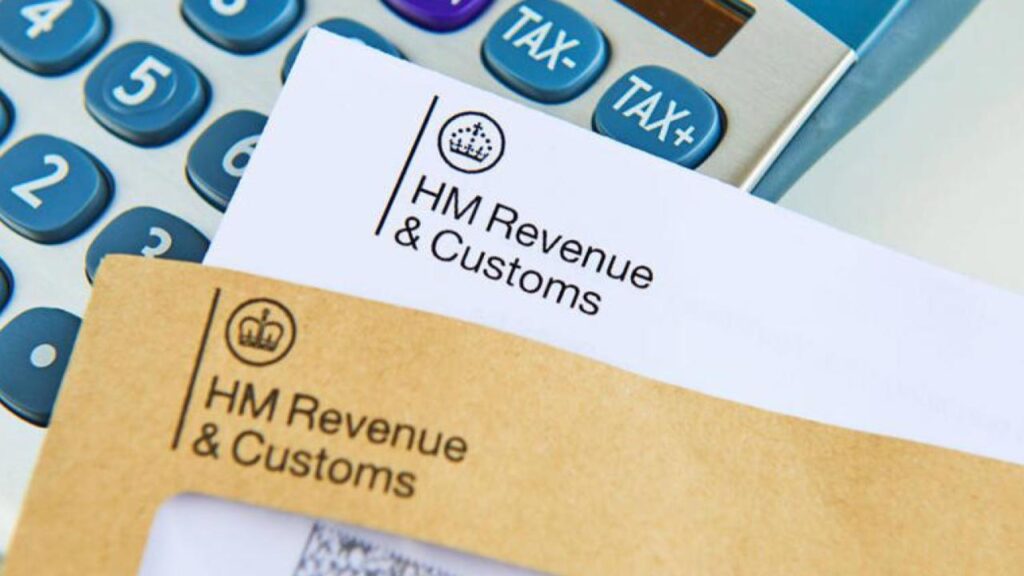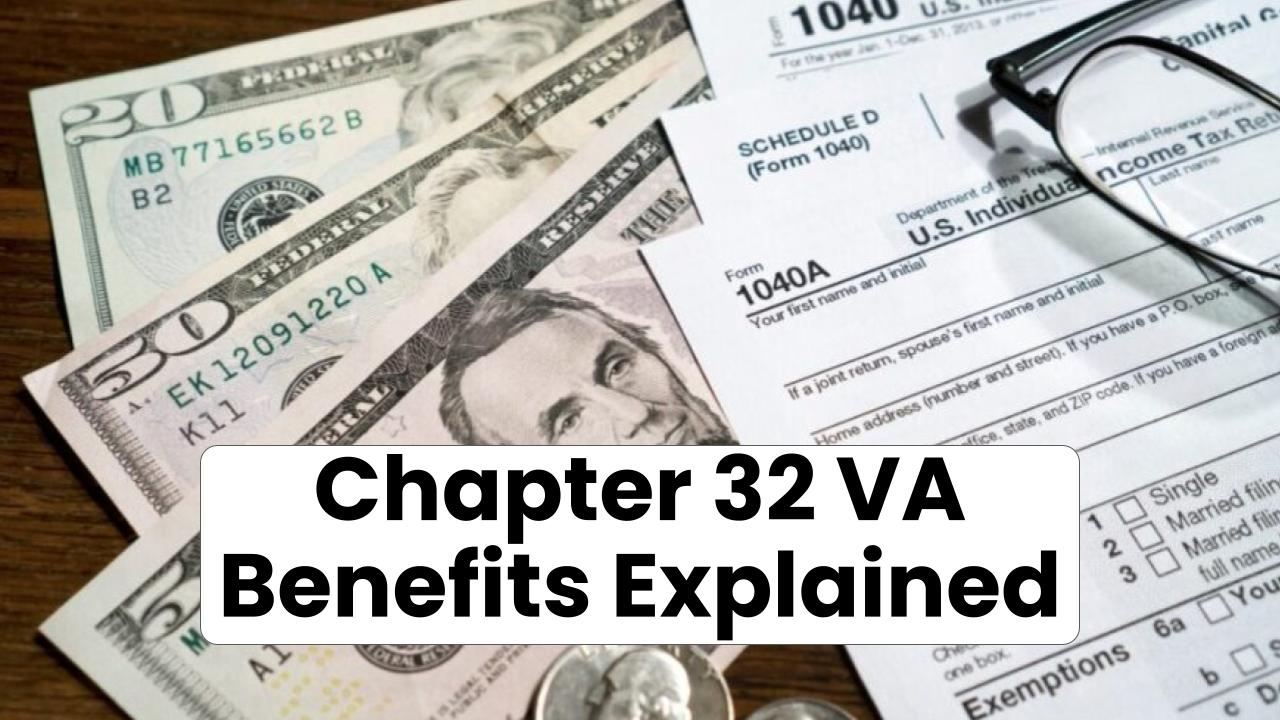Tax season doesn’t just end in April. If you’re living in the UK, especially as a pensioner or PAYE worker, HMRC sends urgent tax letters between June and August every year. And this year (2025), the letters are already hitting mailboxes.

These aren’t just “FYI” notices. Whether you’re owed a fat refund or need to square away some underpaid taxes, what you do next really matters. The letters can seem confusing, but don’t worry—we’ve got your back with a clear, professional, yet easy-to-digest breakdown.
HMRC Sends Urgent Tax Letters to Pensioners & Workers
| Feature | Details |
|---|---|
| Who It Affects | Pensioners & PAYE workers in the UK |
| Time Period | Letters sent June-August 2025 |
| Letter Types | P800 Tax Calculation, Simple Assessment |
| Refund Time | ~5 working days if claimed online |
| Official Site | gov.uk |
Whether it’s a payday or a payment due, HMRC’s letters matter. If you’re a pensioner or worker, staying informed means keeping your money where it belongs—in your pocket, or at least out of penalty territory.
Keep your documents handy, log in to your personal tax account, and don’t be afraid to ask for help. Acting now means peace of mind later.
What Are These HMRC Letters All About?
If you’ve worked in the U.S., think of it like the IRS sending you a notice for a tax refund or missed payment. Over in the UK, HMRC (Her Majesty’s Revenue and Customs) does this yearly. Around 4 million people get these tax letters, usually due to changes in employment, pensions, or benefits.
You might receive:
P800 Tax Calculation
- Shows you either overpaid or underpaid tax.
- Overpayments = tax refund.
- Underpayments = you owe HMRC.
Simple Assessment
- Mostly sent to state pensioners who exceed the personal allowance.
- It’s basically a bill. You pay it.
Why You Need to Act Fast
These letters come with deadlines. Delay it, and you might miss out on a refund, or worse, face interest and penalties.
- Refund claims: Time-limited. You can only claim for the last 4 years.
- Underpayments: Ignoring this means HMRC will add interest or collect automatically.
Step-by-Step: What To Do If You Receive a Tax Letter
Step 1: Open the Envelope
It sounds obvious, but millions of people ignore official mail. Don’t be one of them. Read it. All of it.
Step 2: Understand the Type of Letter
- P800? Lucky you. Could be a refund.
- Simple Assessment? Check the amount. Pay attention to the deadline.
Step 3: Claim or Pay
For Refunds (P800):
- Go to GOV.UK.
- Login with your Government Gateway ID.
- Enter bank details. Refunds usually arrive in 5 working days.
For Payments (Simple Assessment):
- Go to GOV.UK.
- You can pay via card, direct debit, or set up a payment plan.
Step 4: Double Check Your Tax Code
Especially if:
- You started a new job.
- You get income from more than one source.
- You started receiving a pension.
Real-Life Example: Sarah, a Retired Teacher
Sarah retired in 2022 and started drawing a private and state pension. She received a Simple Assessment this July showing she owed £432. Turns out, HMRC didn’t factor in her private pension when calculating her tax.
She logged into her online account, paid the bill within 10 minutes, and updated her tax code. Simple fix. But had she ignored it, she’d have owed more with interest.
How to Spot a Scam
Scammers love tax season. Here’s how to protect yourself:
- HMRC never asks for bank details via email or text.
- Check return addresses on physical letters.
- Visit the official HMRC site to verify contact.
If unsure, call HMRC directly: 0300 200 3300.
Deadlines to Watch Out For
- Refund claims: 4-year window from the end of the tax year.
- Simple Assessments: Pay within 3 months of letter date.
- Disagree with the letter? File an appeal online.
FAQs
What is a P800 letter?
A tax calculation that shows if you overpaid or underpaid through PAYE.
How do I get my tax refund?
Use your Government Gateway ID on GOV.UK. Bank transfers arrive within 5 working days.
What if I can’t afford to pay HMRC?
You can set up a payment plan via your online tax account.
How do I know if a letter is legit?
Check for spelling errors, unfamiliar links, or aggressive threats. Real HMRC letters come with official contact info and reference numbers.








